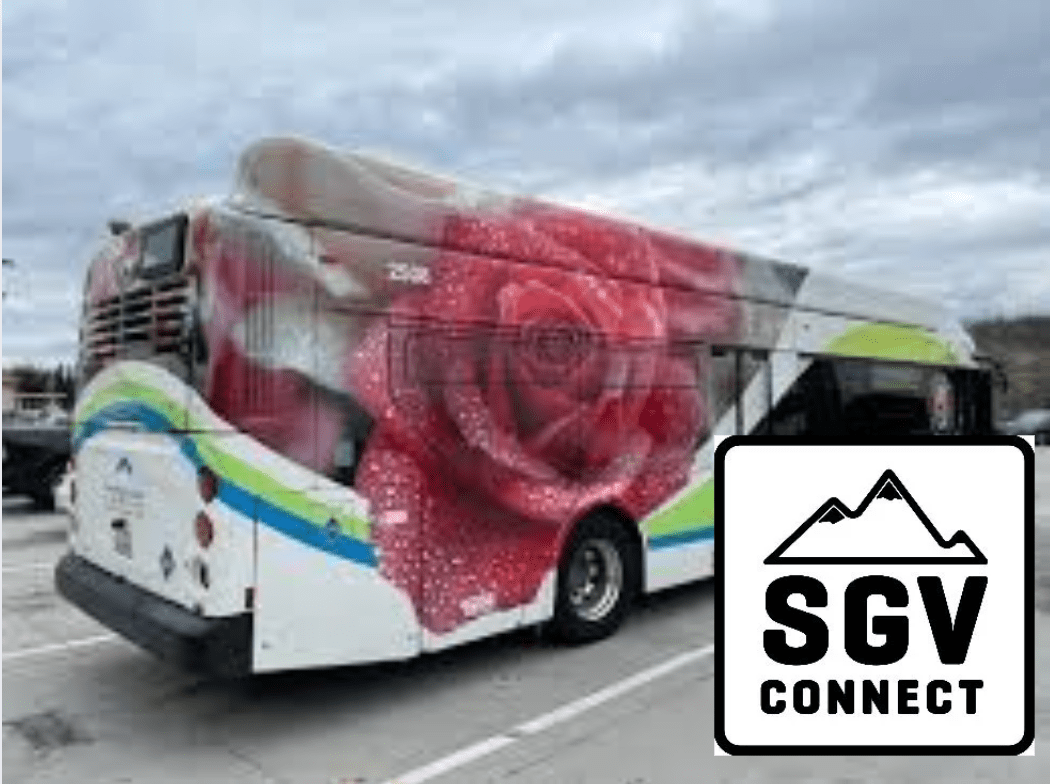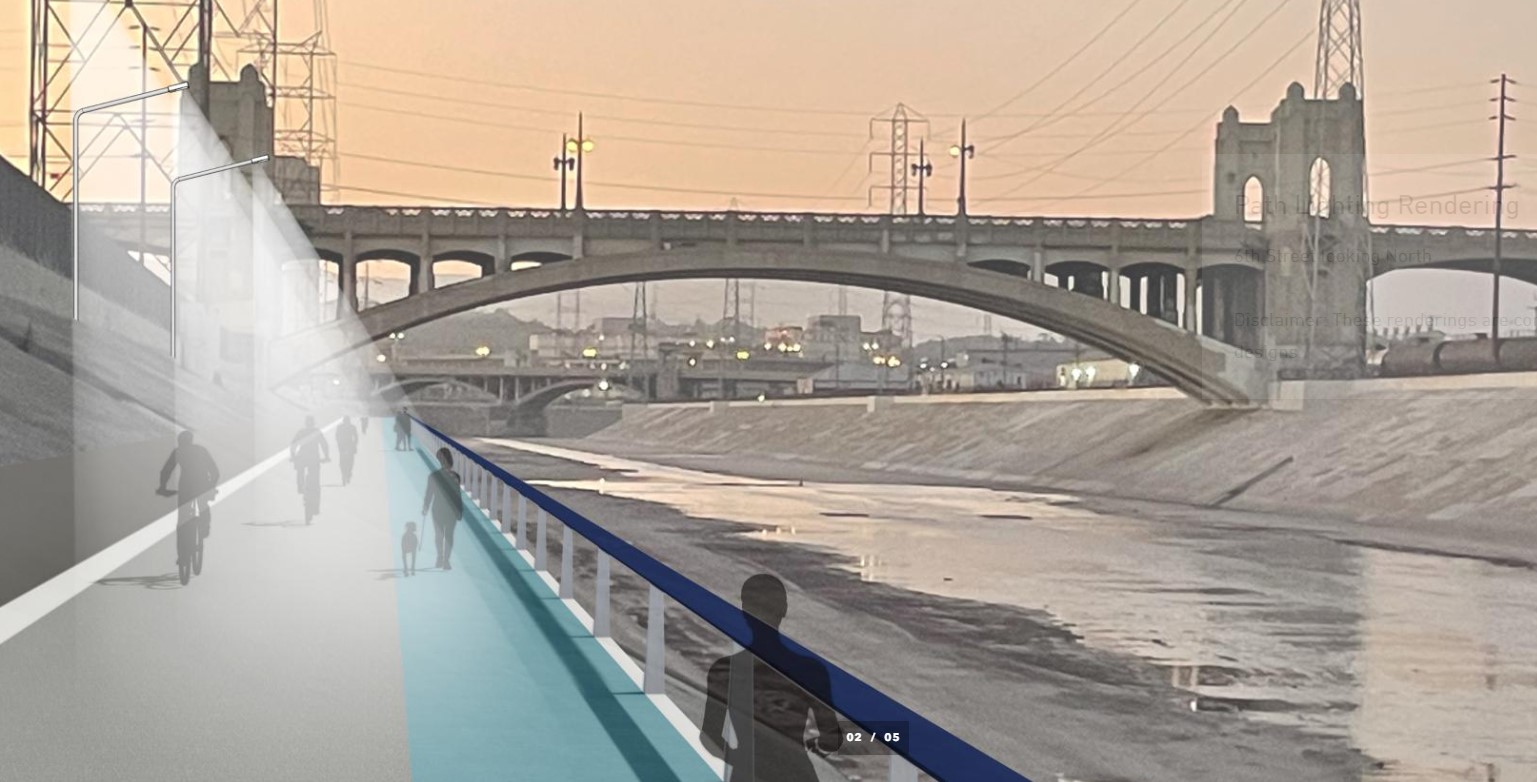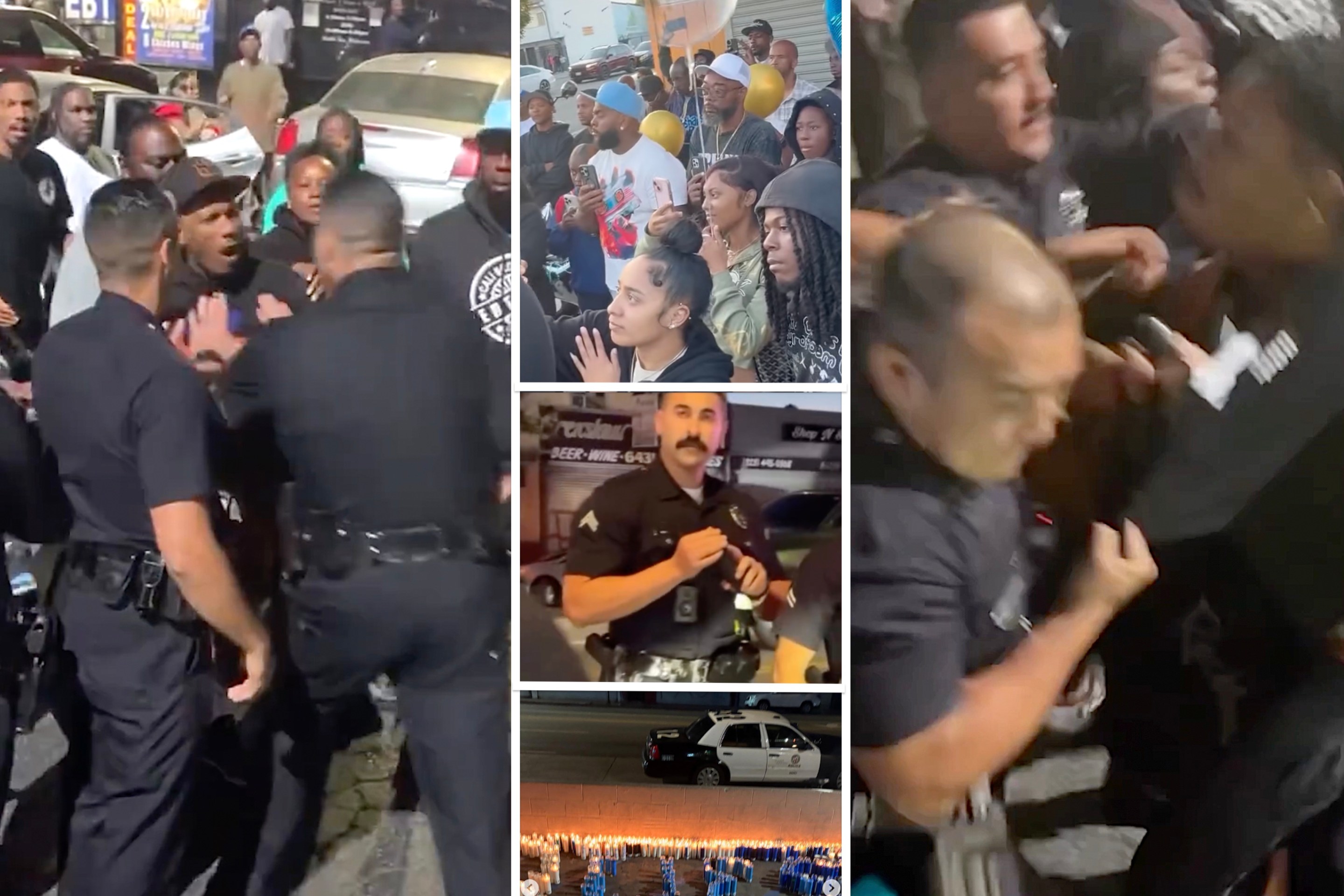One lesson they really hammer home, when you're a new parent, is the importance of carseats.

Hospitals won't let you take a newborn home from the hospital unless you can show you have a carseat. And they warn you of this fact in Lamaze class and in all the parenting books and on all the parenting websites.
I had a baby six months ago, and we had our carseat installed at a fire station when I was in my third trimester. Fire stations are recommended because a lot of carseats are so complicated to install, you need help from specially trained safety officials. My child, to be sure, has never traveled a mile in a car without a carseat, so in my case, anyway, the campaign succeeded admirably.
Since people know I'm a new mom, I sometimes get sent scary articles about mistakes you can make with your carseat that can kill your child. (For the record, don't put your child in a carseat in a winter coat, and don't put your child in an unstrapped car seat for napping.)
There's a lot of emphasis on carseats because the public health community has rallied around them, and for good reason. For kids under 1, carseats reduce the risk of death by 71 percent, and for kids ages 1 to 4, risk is reduced about 54 percent, according to the CDC.
So carseats are crucial and necessary, but as a tool, they have some limitations. They aren't tested at speeds higher than 35 miles per hour. And they're designed to minimize the damage from front end collisions, meaning they can be of limited use in side and rear impact situations.
The reality is that driving is inherently risky, especially for child passengers, and the best a carseat can do is mitigate that risk. Carseats help when you're in a collision -- the safest thing to do is avoid collisions in the first place. But when you have a baby, nobody says, "Hey to protect your kid, maybe try driving less, taking transit more, or just avoid highways and don't drive at higher speeds." Even the CDC's advice for parents doesn't go beyond recommending carseats and seat belts, with one reference to drunk driving.
That's understandable, since parents in the United States cannot realistically avoid exposing their kids to the danger created by cars. Even the relatively rare family that has the option to limit or eliminate driving -- and we happen to be one of them -- must contend with the dangers of walking on car-oriented streets.
For all of America's success in getting parents to use carseats, the number of kids killed in traffic remains appalling. In 2013, 413 kids 7 and under died in car collisions, according to the National Highway Traffic Safety Administration.
Meanwhile, in Sweden, only one child under 7 was killed in a car collision in 2012, the Economist has reported, a major public health improvement over the country's 58 child traffic fatalities in 1970. Controlling for population, the child fatality rate is about 10 times worse in America. The lives of hundreds of kids could be saved each year if the U.S. attained Sweden's safety record.
Sweden, of course, has embarked on a nationwide campaign, Vision Zero, to comprehensively reduce the risk of deadly crashes for everyone, emphasizing safety over speed. Children are safe because streets are designed to be safe, not only for driving but for walking too.
America is just beginning to come at the problem from a more thorough perspective, and only in some cities. In most of the country, you can barely walk anywhere without crossing a street where traffic whips by at 40 mph.
What if we had public health campaigns that went beyond safety products and asked parents to agitate for safer street designs. Hard to imagine? Too much to ask of the parents of newborns? Probably. Instead, we put our kids in carseats and cross our fingers.






